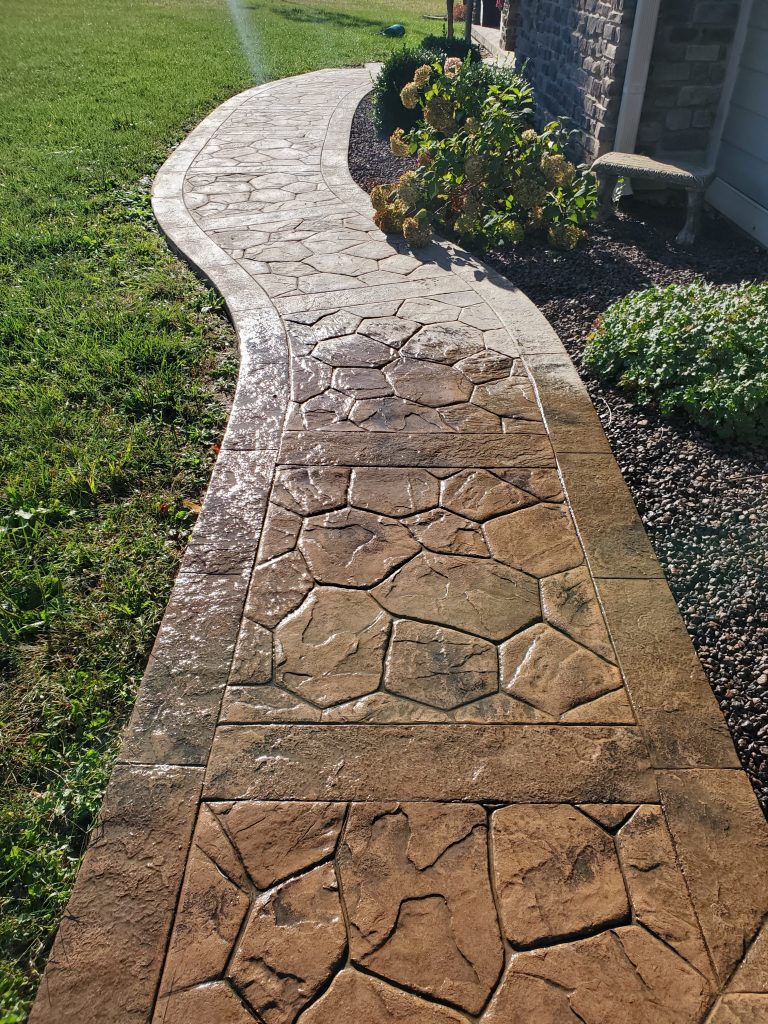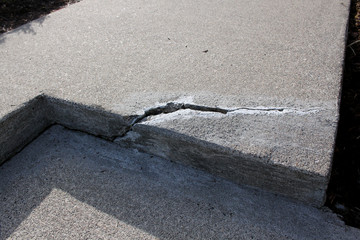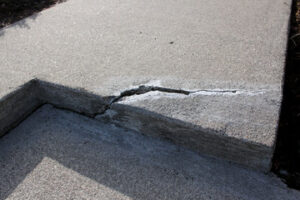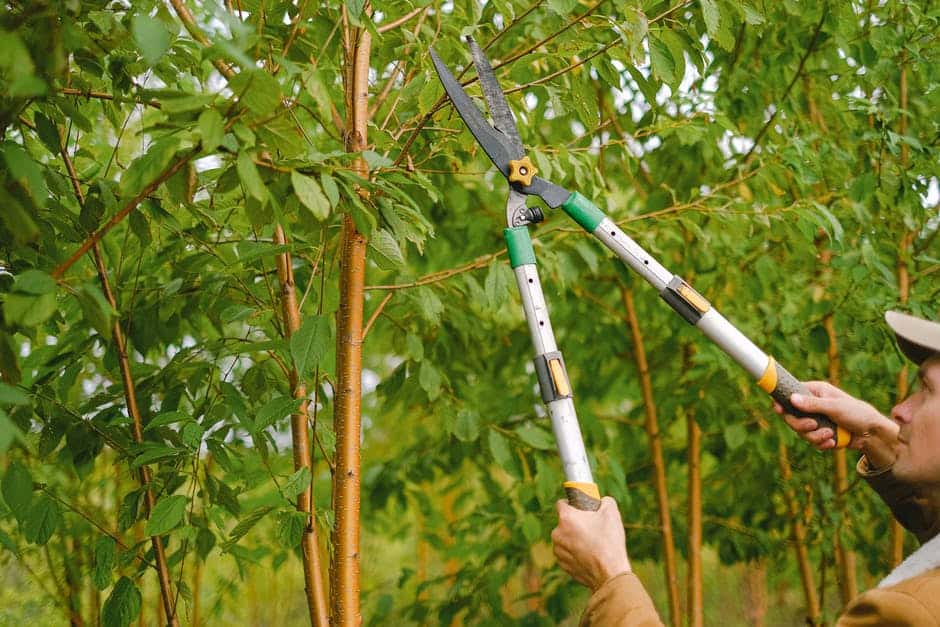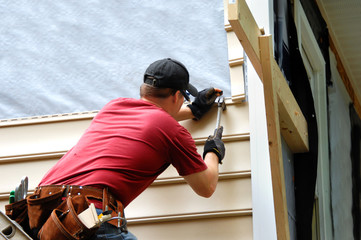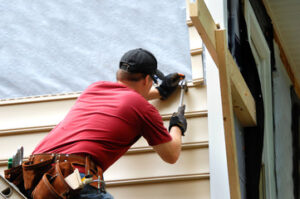Perth Insulation is a material that slows the flow of heat, saving you money on energy bills and maintaining a healthy, comfortable home. Insulation prevents hot air from entering your home in summer and minimizes the flow of cold air in winter.
Bulk insulation materials like fiberglass and cellulose in batts or rolls are installed between framing elements like studs and joists. Loose-fill cellulose insulation is blown into place using special equipment.

Insulation keeps hot air out in the winter and cool air in during the summer, making your heating and cooling bills much lower. It’s the cheapest way to improve energy efficiency and save money. The cost of insulation is quickly recovered through the energy savings generated. Additionally, there are federal tax credits available for homes with energy-efficient insulation.
Homeowners in colder climates typically save the most on their energy costs by adding or upgrading insulation, but any home can benefit from increased insulation. A good way to see if your home could use more insulation is to look around for drafts and high energy bills that aren’t related to seasonal fluctuations.
The amount of energy saved by installing insulation varies depending on your geographic location and your existing insulation levels, but most homeowners see an immediate return on investment when they upgrade their home’s insulation. Generally, homes that are more energy efficient use fewer fossil fuels to produce electricity and heat, which reduces greenhouse gas emissions and your carbon footprint.
In addition to saving energy, a quality insulation system also reduces noise levels and helps meet EPA and OSHA requirements for indoor air quality. It reduces the propagation of sound and limits the transmission of vibrations, allowing you to relax in peace.
A properly designed and installed insulation system can help reduce energy consumption in industrial facilities and commercial buildings as well. It slows the flow of heat and air, making it easier to control temperature. It also helps protect personnel, equipment and the structure from damaging temperatures while improving overall comfort and productivity.
Insulation can cover piping, vents and other electrical and communications conduits to create a finished appearance in an interior space. It can also provide fire protection and act as a pest repellent. This makes it an effective option for preventing wood-eating insects like termites from entering a property. In addition, it can also help prevent condensation and mold in ductwork and pipes. If your building is not properly insulated, it can result in reduced productivity and higher energy costs.
Prevents Moisture Damage
Insulation helps to prevent moisture damage, which is a major problem in buildings. It is important to have the right balance of insulation and ventilation to avoid issues with condensation and moisture. Moisture can lead to mold and mildew growth, which create musty odours and health hazards for the people living in the building. Wet insulation also loses its effectiveness in terms of materials and heat transfer, which results in higher energy costs and potentially costly repairs.
Insulators help to minimize the loss of energy due to air leaks, convection and radiation. Thermal insulation is available in bulk and liquid forms, and the type chosen depends on the project and building specifications. Bulk insulators use air spaces between fibers or inside foam or plastic bubbles to resist conductive heat transfer, and they are usually placed in areas where energy is lost through leakage. Rigid foam insulation is a popular choice because it can be cut to fit any space and provides an airtight seal, which contributes to energy savings.
Another common form of insulation is spray foam, which is sprayed to fill the empty spaces in walls or attics. This type of insulation is effective at sealing air leaks and is resistant to moisture, making it a great choice for preventing condensation. Spray foam insulation also has a high R-value, which makes it effective in reducing heating and cooling costs.
Cellulose insulation is made from recycled paper products, primarily newsprint. It is then reduced to a finely chopped texture and packaged tightly into building cavities to provide a barrier that reduces energy loss. It can be boosted with mineral borate to provide fire resistance and insect-repellency, or with ammonium sulfate for additional pest control.
In order to simulate the effect of moisture on insulation, scientists at Fraunhofer Institute tested the ability of cellulose, mineral wool and PUR insulation to absorb water over 33 days. The results showed that cellulose and mineral wool had the lowest rate of absorption, with cellulose having less than 5 percent moisture after ten years. Polyurethane, on the other hand, had a moisture content of almost 20 percent after ten years.
Keeps Your Home Comfortable
Insulation acts like a thermos, keeping your home a comfortable temperature throughout the year. It prevents heat loss in the winter and heat gain in the summer. This is important because it keeps you from having to use your cooling system more often and can help extend its lifespan.
If you find that the basement stays hot in the summer while the bedrooms stay cold, your house may be under-insulated. Upgrading your insulation will prevent this from happening by slowing down the transfer of heat between different areas in your house. It will also keep the air in your bedroom at a more temperate level during the night, which will make for a better night’s sleep.
The insulation also blocks the flow of heat in your home by absorbing sound. This will make for a much quieter environment that will allow you to concentrate in your work and relax at home without distractions. This will increase your productivity and improve the quality of life for you and your family.
Having good insulation will also keep your home healthy and clean. The materials block outdoor pollutants like dust, dirt, and volatile chemicals. This will reduce your exposure to them, which can lead to illnesses such as asthma and allergies. This will help you maintain a healthier lifestyle and avoid expensive medical bills.
In addition, the thermal resistance of your insulation will lower the need for excessive heating or cooling which saves you money on energy bills. This is achieved by preventing heat transfer through conduction, convection, and radiation. Blown in, spray foam, and fiberglass are some of the most common types of insulation that can reduce your energy costs while maintaining a comfortable indoor climate.
Insulation can also increase the value of your home, particularly in areas that are susceptible to moisture damage and mold. It can prevent these problems from developing, which could lead to costly repairs and replacements down the road. This means you will get a higher return on your investment when it comes time to sell your home. This is why having your attic properly insulated by a professional is such a smart choice.
Increases the Value of Your Home
When it comes to home improvement projects, many homeowners focus on those that will have the most impact on resale value. These projects often include an outside deck, upgraded kitchen design, or new siding. While these are all great at increasing resale value, one project that is often overlooked is improving the insulation in your home.
While many homeowners may think that adding insulation will not have much impact on resale value, they would be surprised to find out that it can increase resale value by 2 to 6 percent. This is because potential buyers will be willing to pay more for a home that will save them money on energy bills.
As the world gets more eco-conscious, potential homebuyers are looking for homes that will be less expensive to live in. This is why homes with efficient insulation are gaining in popularity. When you install efficient insulation, it can help to keep your utility bills low. This can be a huge selling point to potential homebuyers and can make your home more appealing than others on the market.
Added insulation will not only reduce your energy usage and save you money, but it will also lower your heating and cooling costs. As a result, your home will be more comfortable year round. This can be a major selling point to potential homebuyers and can help you sell your home for more than it is worth.
Another way that home insulation can add to the resale value of your home is by lowering your home maintenance costs. This is because when your home is well insulated, it will prevent heat and air from escaping, which can be costly to repair. This can be especially beneficial for older homes that may have poor insulation or no insulation.
While it is important to choose the right insulation for your home, you should also be sure that the installers are certified and professional. This will ensure that the installation is done properly and that you will be getting the most out of your investment. Additionally, hiring a professional installer will ensure that you are not installing insufficient or unreliable insulation that could affect the overall efficiency of your home.




